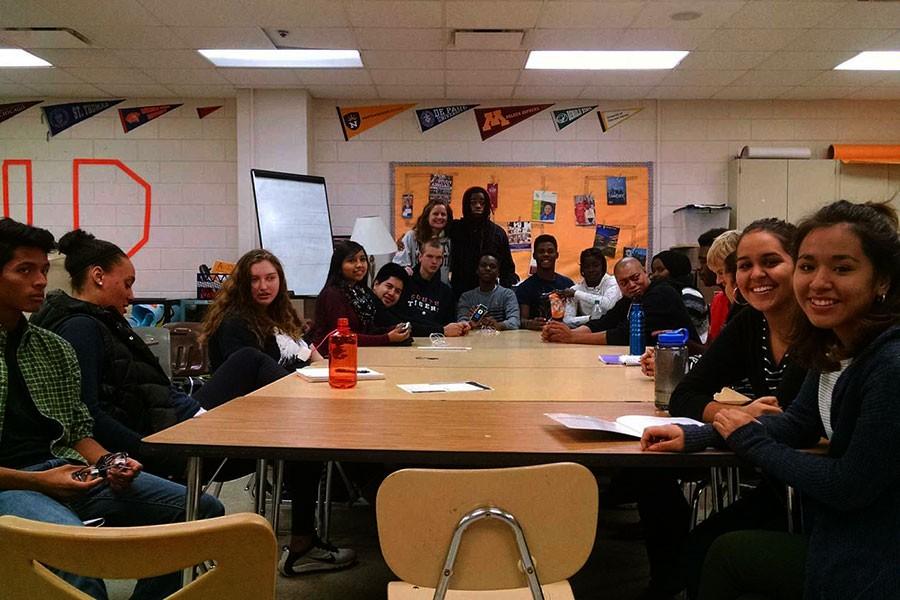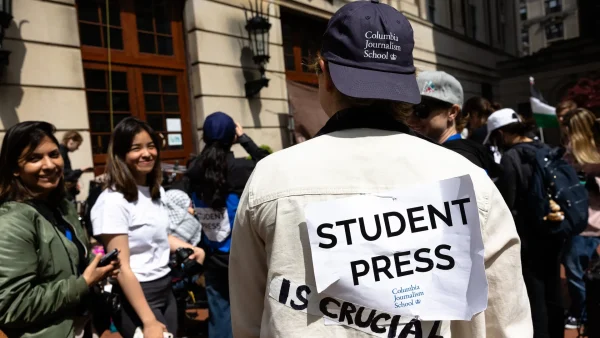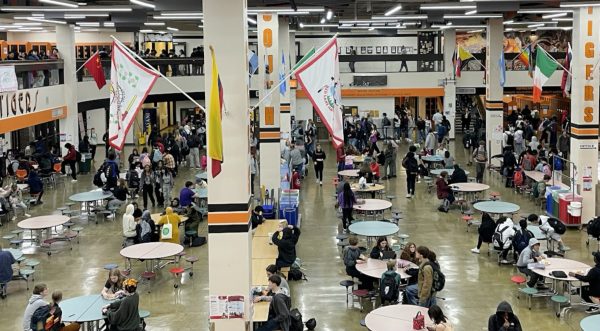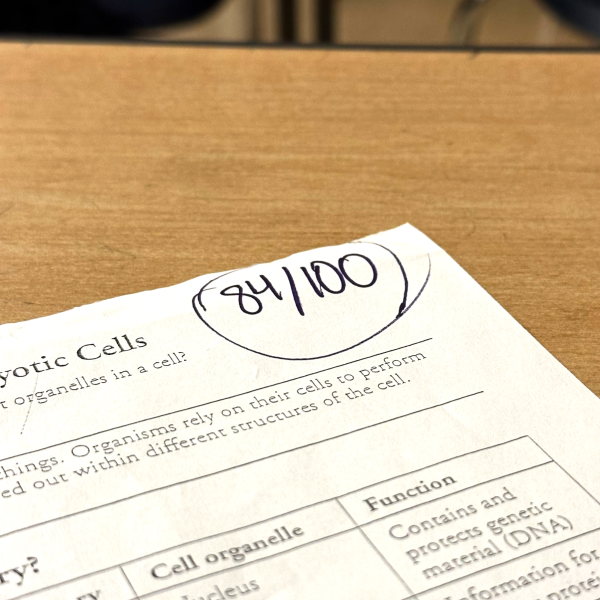Where are all the teachers of color?
Ms. Hodge’s senior AVID class shows how the diversity of teachers doesn’t reflect the diversity of students.
Considering we’re the 14th most diverse school in all of Minneapolis, you would think the student’s level of diversity would match the teachers.
Looking at South high from a distance it’s clear to see that the majority of the teachers are white women. Approximately eighty five percent of our teachers here at south are white, and sixty eight percent of the teachers are female. Although when you look at the general population at South it’s clear to see that the student bodies’ population is way more diverse, a diversity level that is not matched in teachers.
Due to the lack of diversity in the teachers at South I wondered if not having a certain race represented in the school may affect teachers and students relationships. I caught up with African American student Lamar John, a senior here at South, and asked him what he thought of South’s current teacher diversity level. He said, “Well I mean it’s not something I really try to think about, but yeah I guess a lot of our teachers are white.”
There is a lack of minority teachers not only at South, but in all K-12 schools. When I asked John how many teachers of color his had in his high school experience, John just froze and looked at me. I decided to broaden up the question and ask him how many teachers of color his had his during his entire education, I was again met with silence, before finally he was able to gather his thoughts and replied, “damn… zero, all my teachers [were] white.”
Based on an article written by Thomas S. Dee called “The Race Connection”, it’s clear to see that South is not alone in it’s lack of diversity. The availability of minority teachers appears to be an important issue. Author Dee says, “while 17 percent of the students in K-12 public schools are black, black teachers make up just 8 percent of the teaching force. These disparities are even more pronounced in many urban schools, where student bodies that are nearly 100 percent minority are often taught by majority-white teaching staffs”.
The failure to incorporate racial diversity in our teachers is to ignore our increasingly diverse student bodies. Now if this is such an important issue, why is it that the problem still persists? Part of the reason is that there are more white people in college than minorities, but it’s also because minorities aren’t choosing to pursue teaching careers. Few minorities, especially men, think about becoming teachers. Many have simply never had minority teachers themselves, and so they don’t identify with the idea, said the American Association of Colleges for Teacher Education.
As a student of color, I find myself wondering how the lack of diversity in my teachers have affected me. Growing up I always strived for an education, learning was a privilege for me. So I never thought about the fact that almost all the teachers I’ve had were white females. To me, every A I got was an investment in my future. I worked hard to get to where I wanted to go because I had to. I didn’t have a teacher who pushed me to get good grades, in fact to my 9 year old self, it felt like there were other students who took priority over me. So, for that I never felt like I had any real relationships with my teachers. I never saw myself in them, and they never saw themselves in me.
Now it is not proven that a teacher’s race has a direct correlation to the types of relationships the teacher has with their student. Mary Manor, a teacher here at South, said, “when it comes to making relationships with the student, I just try to teach relevant material and be as authentic as possible. The rest will follow.” It is very possible for a student of color to form a strong bond with a teacher of a different race.
The racial interactions between teachers and students could influence student performance in several ways. For example, students may trust and respect someone with whom they share characteristics with, making it easier to learn. Likewise, a teacher of the same race may serve as a more effective role model for students of that race, boosting the students confidence and enthusiasm for learning. Leading to the overflow of caucasian students wanting to become teachers.
We here at South are very lucky to have teachers who acknowledge the lack of diversity, and understand that each and every student comes from a different background. Our teachers make the effort to bring in as many different cultures into the classroom as possible, and they try not to speak upon things they may not know about. I personally feel like I wasn’t given the opportunity to speak upon my own culture to teachers who actually cared until I came to South.
Fanta is a senior this year and you may know her as a dancer or an actress from one of South's plays, but there is much more to her. She was born in Guinea...






